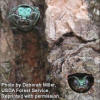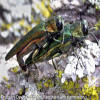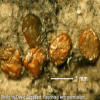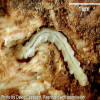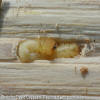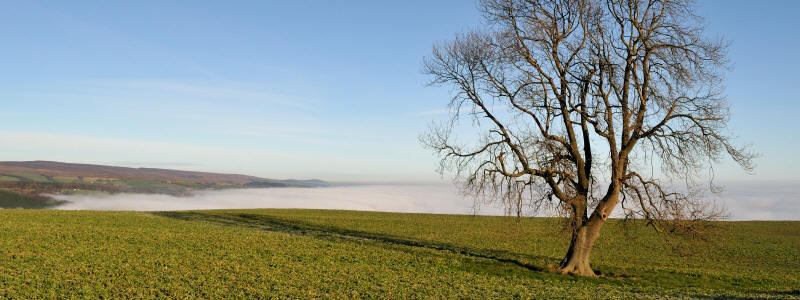
Reproduction
From conception to death the life span of Agrillus Planipennis
is roughly one year but may take as long as two years depending on
conditions. Adult
emergence occurs anytime from May to August. Adult males have an
average lifespan of 13 days while females typically live 21 days.
Reproduction occurs within ten days upon emerging from the tree in
early spring. Mating is
not exclusive as males may interact with several females.
Ovipositing, the “laying” of eggs, by females, in crevices in
the ash tree bark and branches, typically is completed seven to nine
days after conception.
Experiments have reported females have the ability to lay anywhere
from 30-90+ eggs. After
two weeks the eggs will hatch where the larvae will begin to feed on
the
phloem of the tree.
Cessation of the feeding will occur in October or November
upon which the Larvae will burrow one cm into the tree to wait out
the cold winter months; a process extremely similar to hibernation
in bears. Finally when
temperatures begin to warm (around April) the larvae will mature into
a pupae, which will remain in the tree until it is ready to exit as
an adult.
Although most Life cycles will take a year, observations have been
made noticing two year development.
This is believed to be the result of eggs being laid late in
the season (late summer/early fall), not allowing sufficient time
for the larvae to develop.
